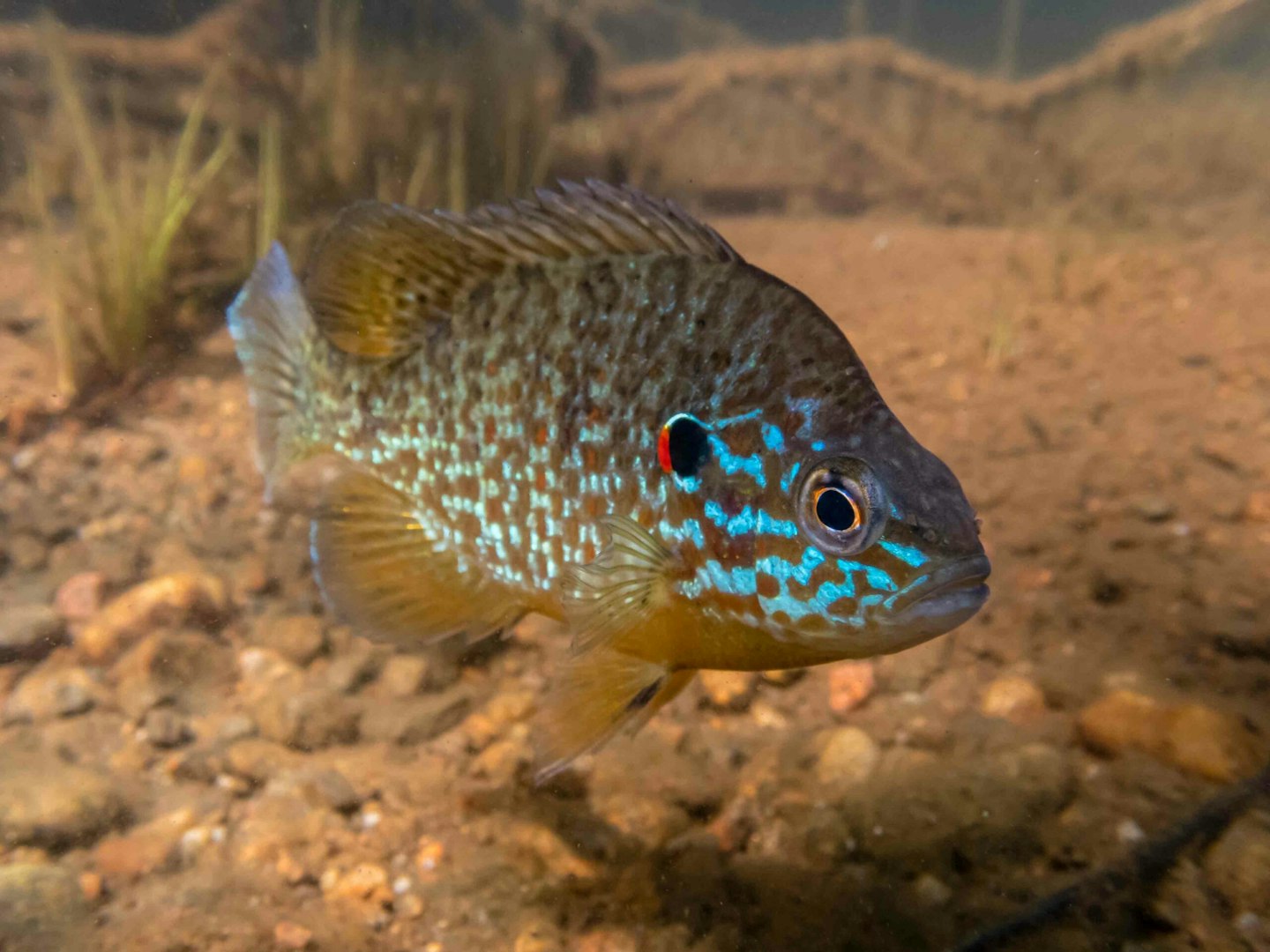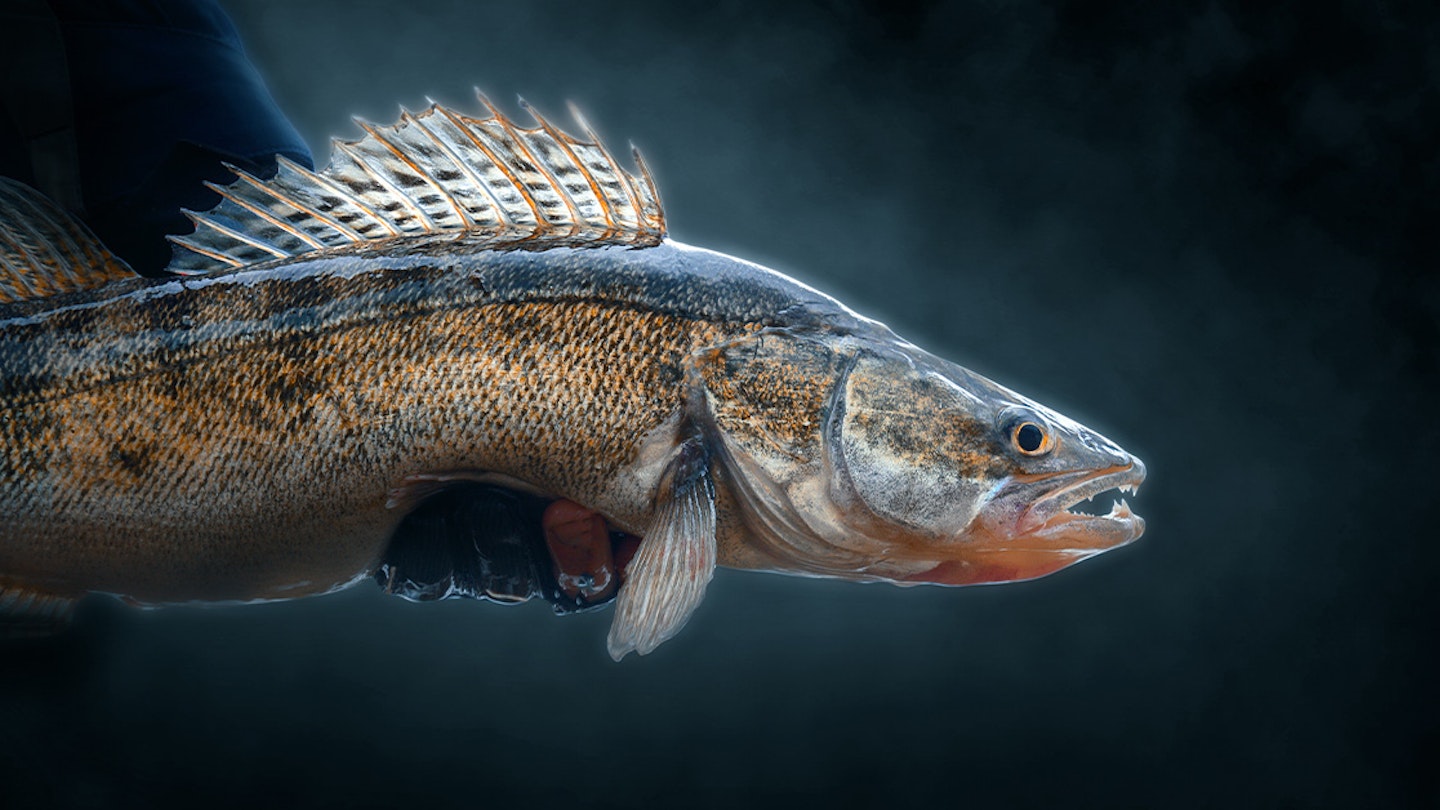While it’s every angler’s dream to catch a fish that enters the history books, the criteria for inclusion have always been a hot topic of debate.
Should the official list include non-native species, for example, or discriminate between so-called ‘natural’ and artificially grown fish?
And, if so, who decides where the boundaries lie?
The British Record Fish Committee (BRFC) has an unenviable task here.
Made up of respected specimen anglers and fish experts, it’s their job to discuss the merits of new claims and to decide upon the direction of travel with existing lists.
And it’s these that can cause the most contention with anglers, especially with the rise in popularity of unusual species such as catfish, zander and even stillwater sturgeon.

Non-natives ‘off the list’
Speaking about non-native fish, BRFC chairman Mike Heylin told us that while the committee regularly considered the official list and the complexities involved, “non-native species will not be restored” for several reasons, not least of all environmental worries.
“There are real concerns about the further spread of these species by anglers into waters that have not held them previously,” said Mike. “Climate change will impose huge pressures on many fisheries, and non-natives increase the risk to our native species. Too often, a minority of anglers seem quite happy to spread fish without proper consents from the EA and without the permission of the fishery owner.”
Looking at which fish species are currently on and off the list reveals some tricky ground. Zander, for example, are included, having colonised much of the Midlands, while grass carp don’t get a look in, despite experts believing them unable to spawn in most of the UK. With many thousands of anglers now targeting such species, however, could it be time to introduce two record lists – one for natives and one for non-natives?
“We’ve discussed a separate non-native list and rejected it for the reasons stated,” added Mike. “Rather than adding non-natives to the current list, the committee is much more likely to be looking to remove them.”
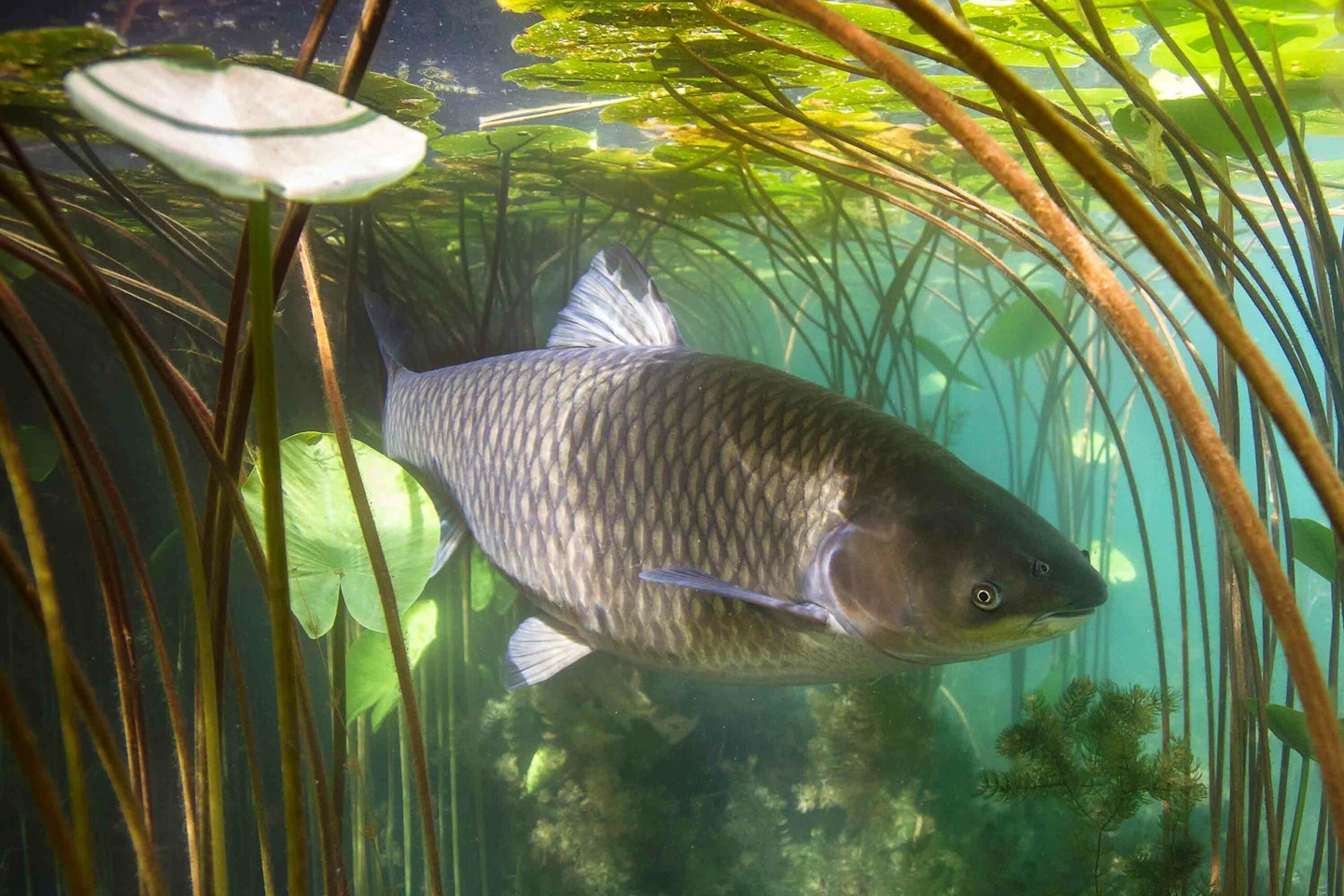
‘It’s a balancing act’
With an increasing number of specialist anglers chasing unusual species, it could be argued that support for non-natives is higher than ever in British coarse fishing circles.
“You can’t stop stupid people moving fish around, so not having records for catfish and grass carp is penalising the rest because of a misguided minority,” said former pike record-holder and current fishery owner, Neville Fickling.
“The days of illegally imported catfish are largely over now, as far as I can see, as is the case with carp.”
A big fan of zander – another well settled, non-native fish with cult status in England – Neville believes that regardless of BRFC decisions, anglers will record remarkable fish. “Specialist anglers will only
do what they did before – and set up their own alternative list,”
he added.
Interestingly, Neville’s own previous PB pike of 41lb 6oz, at the time the biggest ever recorded in the UK, was never registered with the BRFC, but was claimed as a record with the NASA (National Association of Specialist Anglers).
Another angler known for his exploits with huge fish, current joint perch and chub record-holder Neill Stephen, told us he had mixed feelings about the current list.
“It’s a difficult balancing act and I can see why the BRFC is wary of endorsing non-native species,” he told us.
“But, on the other hand, it seems rather a shame that anglers going for species that are well established in this country might be denied the chance to claim historically significant fish.
“We live in a world of flux, and there are few if any absolutes in terms of native or non-native,” he continued.
“We see the likes of Leney strain carp as inherently British, after all, and yet they’re anything but. Surely it’s the remit of the Environment Agency rather than the BRFC to deal with invasive species?”
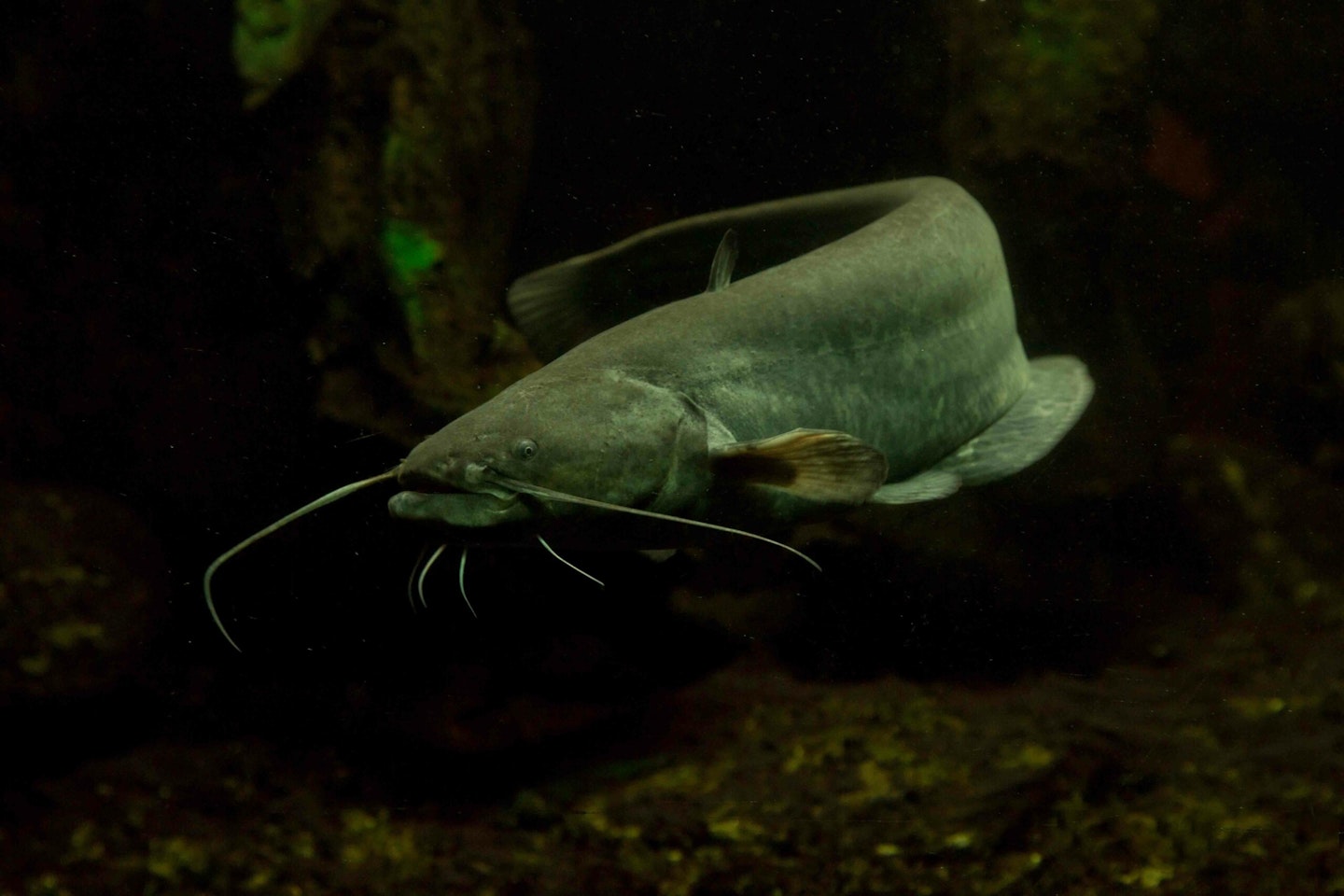
RECORDS & REJECTS…
OUT
CATFISH
Despite increasing popularity, the Wels catfish remains excluded from the BRFC list. That’s a shame, say critics, because it remains our largest freshwater species - and Steve Stewart’s specimen of 101lb landed in 2021 would obliterate the old ‘record’. Species removed from BRFC lists in October 2000.
GRASS CARP
Despite it being unable to spawn in Britain’s temperate waters, no future claims for a record ‘grassie’ will be looked at. It’s no more ‘non-native’ than common or mirror carp, strictly speaking. Species removed from BRFC lists in October 2007.
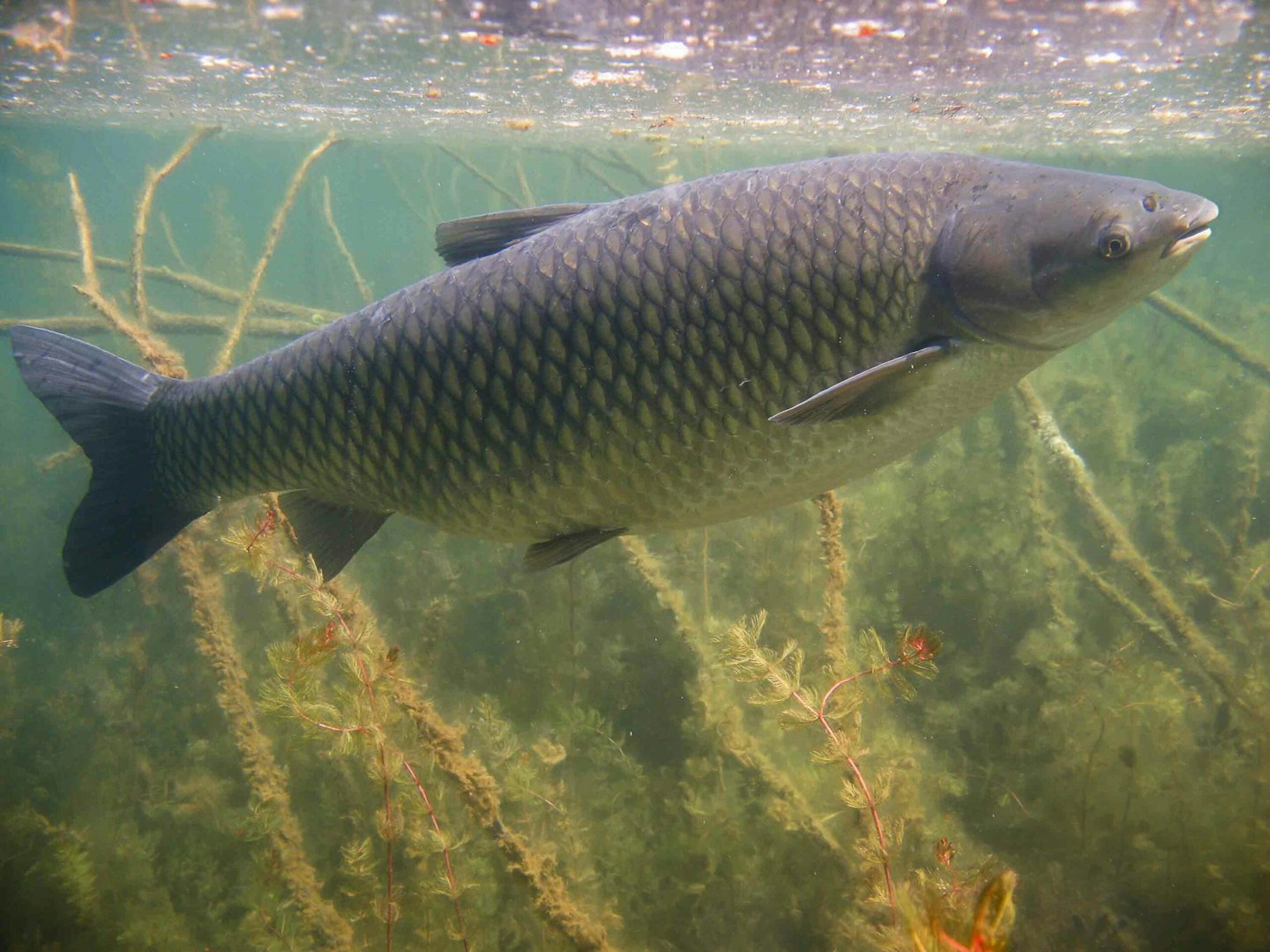
IN
ZANDER
This predatory European settler is one of the most likely targets on the current record list to fall. But could its status change, due to the risk of further spread?
BROWN GOLDFISH, PUMPKINSEED & BLACK BULLHEAD
Each of these non-native species is an irrelevance to most anglers, yet bizarrely – and quite inexplicably – all three remain on the record list for the time being.
